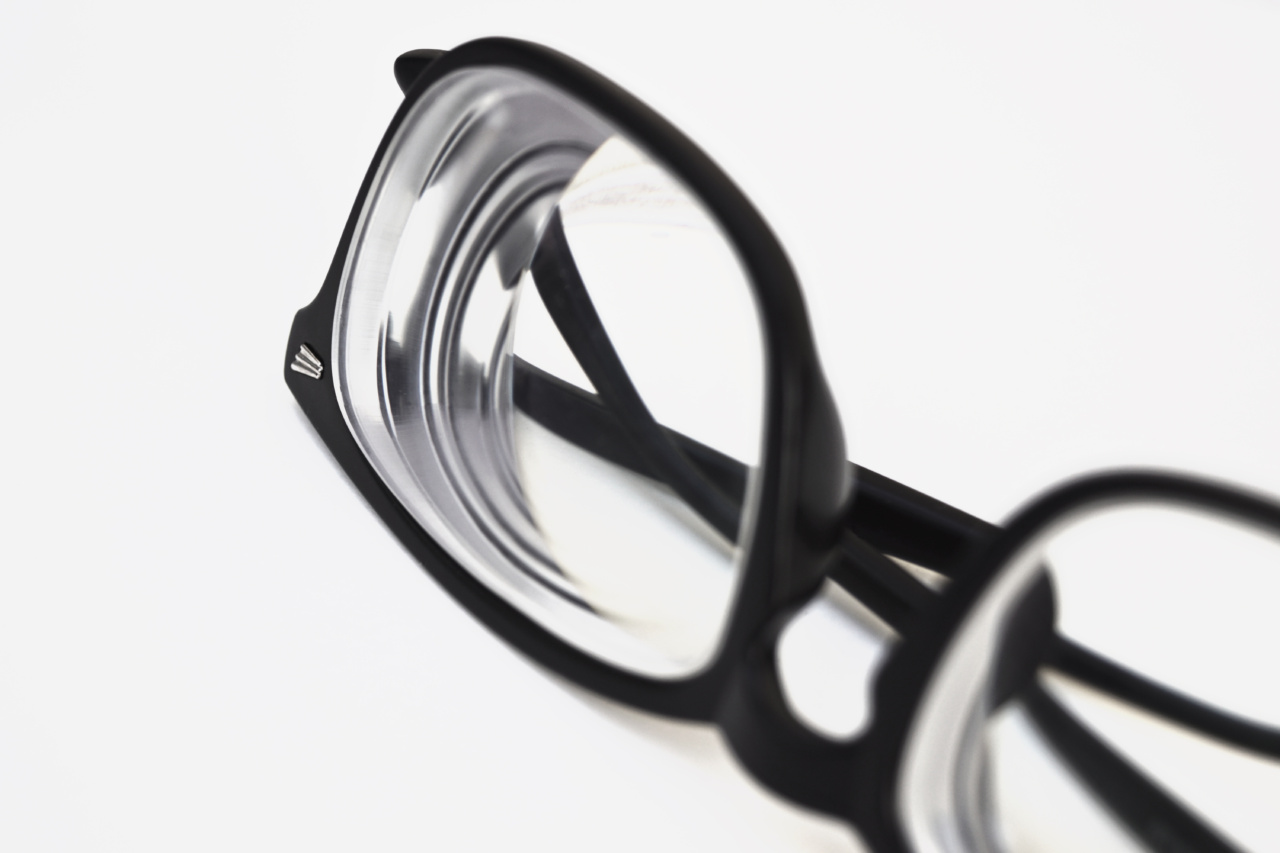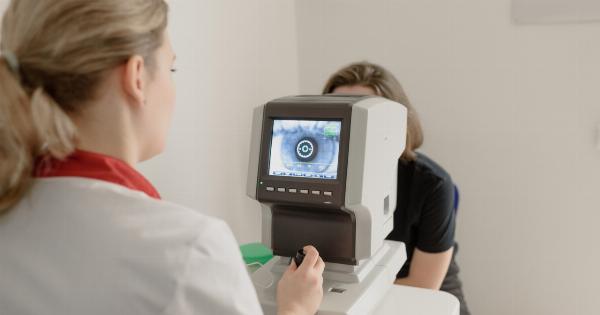As technology continues to advance, the field of optometry is constantly evolving, offering innovative solutions to address common vision problems such as myopia.
Myopia, also known as nearsightedness, affects a significant portion of the global population, making it a prevalent issue worldwide. However, with the development of pioneering myopia lenses, optometrists have discovered new ways to improve vision and potentially slow down the progression of myopia, opening up a brighter future for those dealing with this condition.
Understanding Myopia
Before delving into the specifics of pioneering myopia lenses, it is essential to have a basic understanding of the condition.
Myopia occurs when the eye is unable to focus properly, resulting in blurry distance vision while close-up vision remains clear. It is often caused by the elongation of the eyeball, which causes light entering the eye to focus in front of the retina instead of directly on it.
The prevalence of myopia has been steadily increasing, especially among younger individuals.
This can be attributed to various factors, including genetic predisposition, environmental influences such as excessive near work (e.g., reading or using digital devices), and lack of outdoor activities. As myopia can progressively worsen over time, it is crucial to find effective solutions to manage and correct this condition.
The Evolution of Myopia Lenses
In the past, conventional methods of correcting myopia primarily involved the use of eyeglasses or contact lenses.
While effective in improving vision, these traditional lenses did not address the root cause of myopia or offer any long-term benefits in terms of reducing its progression.
However, advancements in technology and research have paved the way for pioneering myopia lenses that aim to not only correct vision but potentially slow down the progression of myopia itself.
These lenses utilize innovative designs and materials to provide a more comprehensive solution for individuals dealing with myopia.
Orthokeratology (Ortho-K)
Orthokeratology, commonly referred to as Ortho-K, is an increasingly popular method used to correct myopia. It involves the use of specially designed rigid gas-permeable contact lenses that are worn during sleep.
These lenses gently reshape the cornea overnight, allowing for clear vision without the need for eyeglasses or contact lenses during the day.
Ortho-K lenses offer several advantages for myopia management. Firstly, they provide immediate visual improvement upon waking up, making them ideal for individuals who cannot wear corrective lenses during sports or other physical activities.
Secondly, studies have suggested that Ortho-K lenses may help slow down the progression of myopia in children and adolescents. While the exact mechanisms are still being researched, it is believed that the corneal reshaping effect of these lenses may help prevent the elongation of the eyeball typically associated with myopia progression.
Multifocal Contact Lenses
Another groundbreaking development in the world of myopia lenses is the introduction of multifocal contact lenses. While traditionally used to correct presbyopia (age-related vision loss), these lenses have been adapted to address myopia as well.
Multifocal contact lenses have different zones with varying powers, allowing for clear vision at various distances.
When used for myopia management, multifocal contact lenses typically have a distance-vision zone in the center and additional zones for near or intermediate vision around it.
By providing clear vision at different distances, these lenses aim to reduce the strain on the eye and potentially slow down myopia progression. Several studies have indicated promising results in terms of the effectiveness of multifocal contact lenses in managing myopia, making them a viable option for individuals seeking a non-surgical solution.
Peripheral Defocus Lenses
Peripheral defocus lenses are another innovative approach to managing myopia. These lenses are designed to alter the peripheral optics of the eye, effectively redirecting the light entering the eye to minimize the stimulus for myopia progression.
Typically, peripheral defocus lenses have a central clear zone for distance vision and a peripheral zone that introduces myopic defocus.
By manipulating the peripheral optics, these lenses aim to create a more balanced environment for the eye, potentially slowing down the elongation of the eyeball and reducing myopia progression. Ongoing research and clinical trials have shown promising results regarding the effectiveness of peripheral defocus lenses in managing myopia, making them a considerable advancement in the field of optometry.
The Importance of Early Intervention
While pioneering myopia lenses offer promising solutions for managing and potentially slowing down myopia progression, it is important to emphasize the significance of early intervention.
Myopia typically develops during childhood or adolescence and tends to progress rapidly during these formative years. Therefore, identifying myopia and initiating appropriate treatment early on is crucial in preventing further deterioration of vision.
Regular eye examinations for children are essential in detecting myopia and other vision issues. If myopia is diagnosed, optometrists can then recommend the most suitable myopia lenses based on the individual’s needs and lifestyle.
By intervening early and utilizing pioneering myopia lenses, it is possible to enhance visual acuity and potentially reduce the long-term impact of myopia.
Lifestyle Changes and Myopia
In addition to pioneering myopia lenses, certain lifestyle changes can also contribute to managing and potentially preventing myopia.
Encouraging outdoor activities and reducing excessive near work, especially in younger individuals, has shown to have a positive impact on myopia progression.
Spending time outdoors exposes the eyes to natural light, which has been associated with a reduced risk of myopia development and progression.
It is believed that the intensity of outdoor light and the ability to focus on objects at varying distances help regulate the growth of the eyeball, minimizing the likelihood of myopia.
Furthermore, reducing the amount of time spent on close-up activities such as reading or using digital devices can help alleviate eye strain and potentially slow down myopia progression.
Taking regular breaks and practicing good visual habits, such as maintaining an appropriate reading distance, can significantly benefit individuals prone to myopia.
Conclusion
Pioneering myopia lenses have revolutionized the field of optometry, offering comprehensive solutions for individuals dealing with myopia.
The development of Ortho-K lenses, multifocal contact lenses, and peripheral defocus lenses has provided new avenues for managing myopia and potentially slowing down its progression.
Early intervention, through regular eye examinations and timely diagnosis, is crucial in implementing the most effective myopia lens treatment.
Combined with lifestyle changes aimed at reducing eye strain and increasing outdoor activities, individuals diagnosed with myopia can look forward to a brighter future with improved vision and potentially minimized long-term impacts.





























